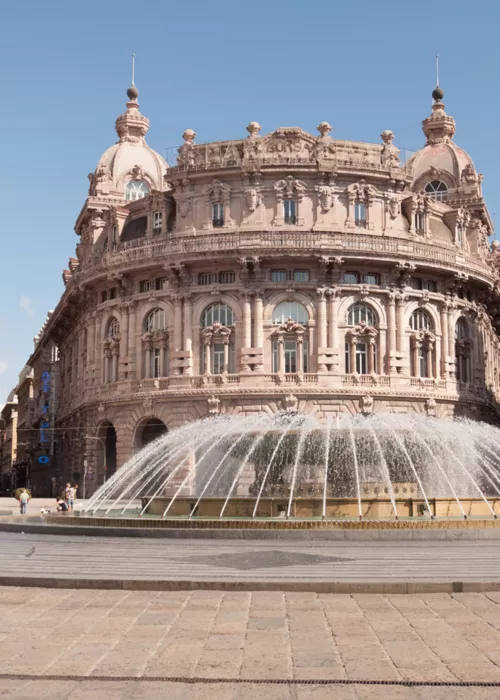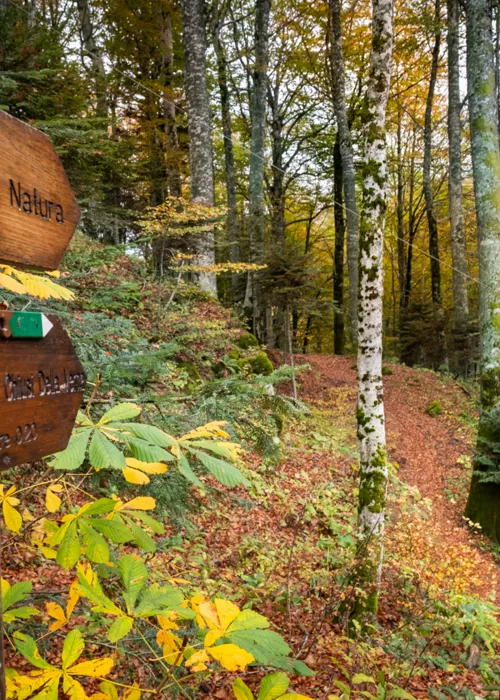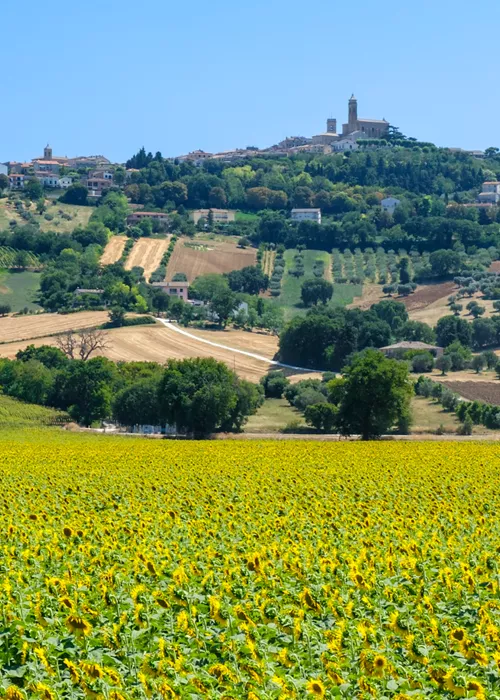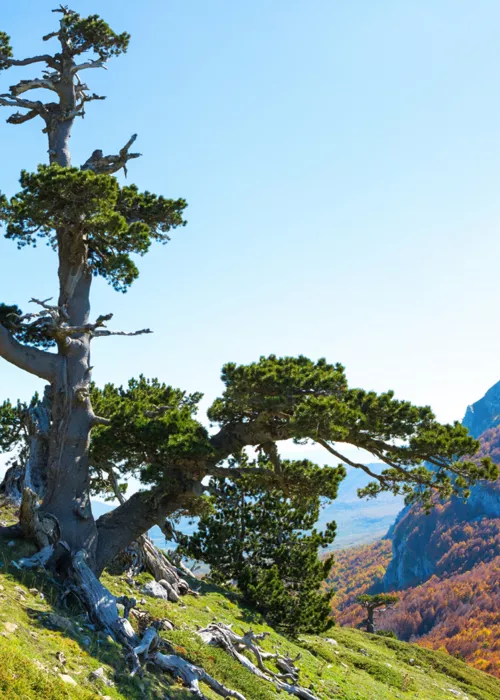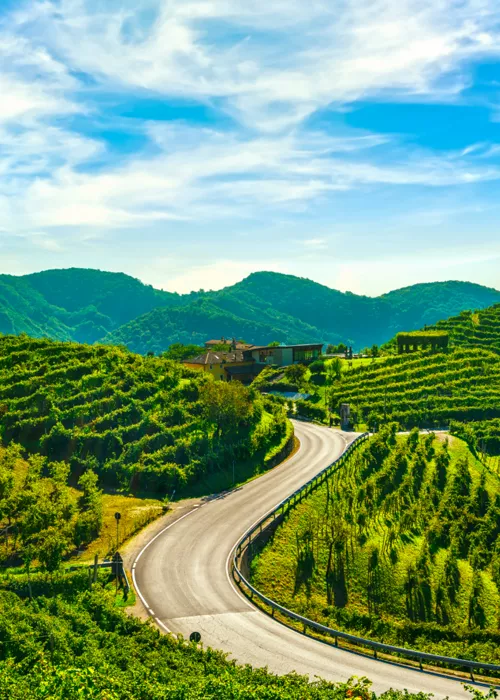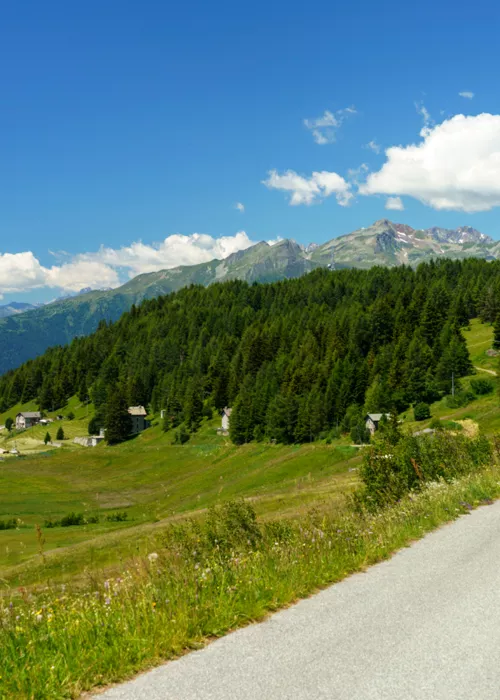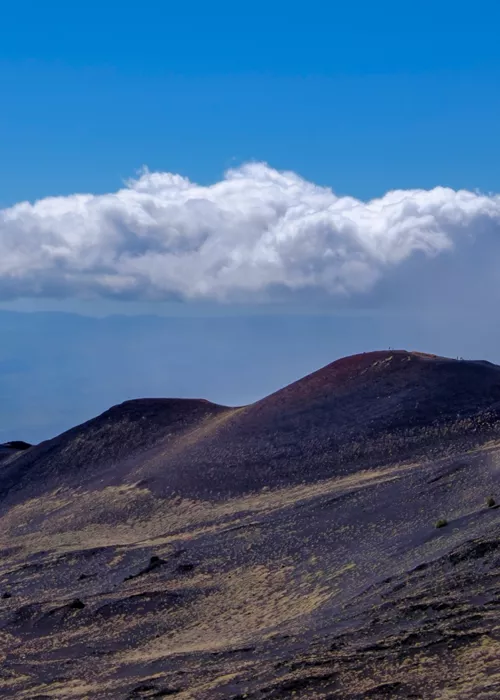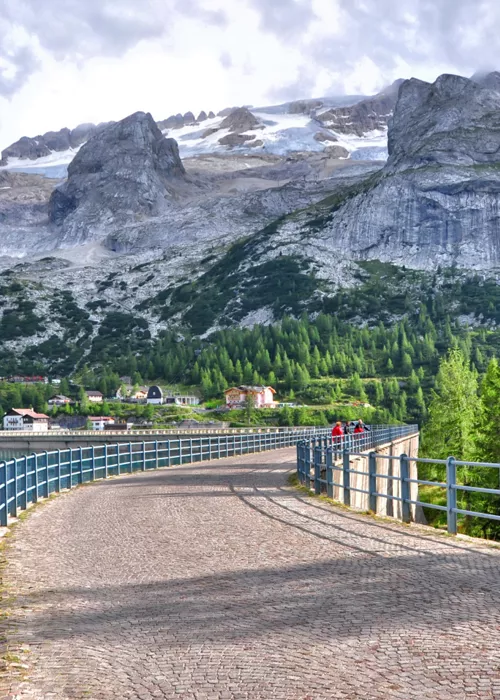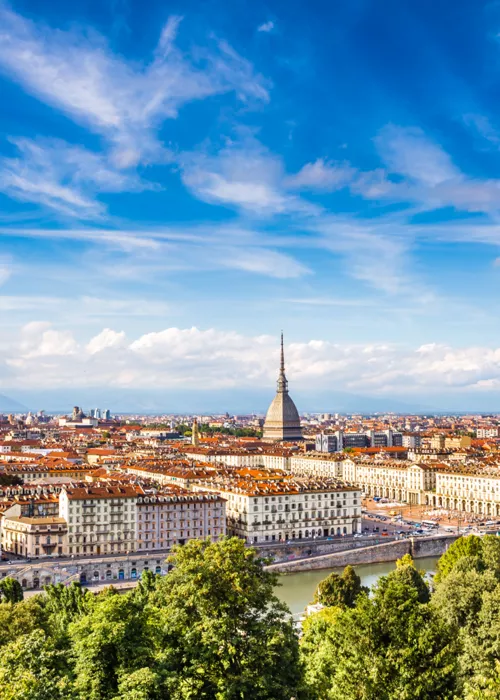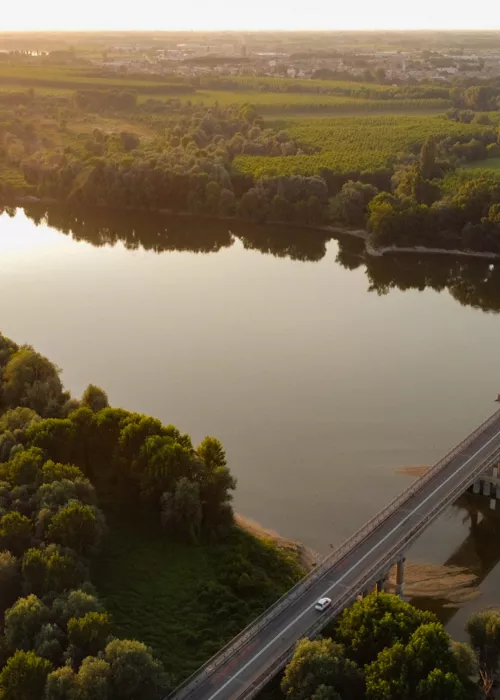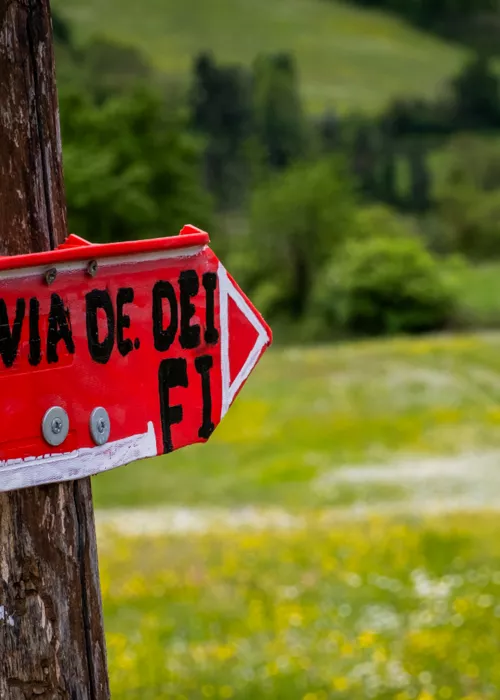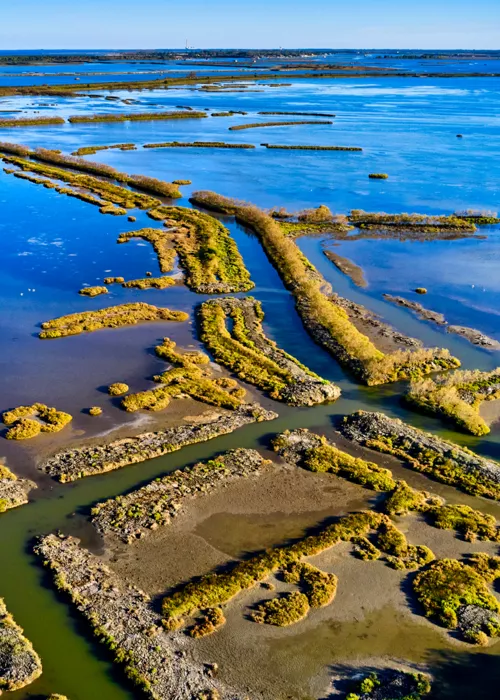Sassocorvaro

The starting point to discover Montefeltro has to be Sassocorvaro, due to its panoramic position above the course of the River Foglia and, above all, its unique history as a place that was born and reborn several times: originally around the year 1000, then under the Duchy of Urbino in the Renaissance era, more recently due to the epic history of Rocca Ubaldinesca during the Second World War and finally, around seventy years ago, the creation of Lake Mercatale, which supplies water to the entire area as far as Pesaro. In short, Sassocorvaro is a place that gives life.
Aside from all rhetoric, the village must be seen for its charm, its state of preservation and the sights waiting to be discovered. The extraordinary ship-shaped fortress houses the Teatro della Rocca ("Theatre of the Fortress"), in what used to be the castle warden's quarters. As for how to get here, it depends. If you are travelling by car, the choice varies depending on which provincial capital you pass through: from Pesaro, it takes an hour and a half along state highway 423 and provincial road 3; from Urbino, however, it's not much more than half an hour along the more winding provincial road 67. The route from Sassocorvaro then continues through the Marche in the direction of Frontino, passing near Piandimeleto. If you want, however, you can make a initial detour around Lake Mercatale of less than 10 km to reach Macerata Feltria. These last three locations all lie within the Sasso Simone and Simoncello Interregional Natural Park.
Frontino

Frontino is about 20 km from Sassocorvaro along the Mutino provincial road. You come off it to enter the village at the Pontevecchio Mill, a place with its own old-world magic: there is a large basin, the old millstones, benches among the trees, local products for sale and, an appropriate educational detail, explanations on how it has operated over the centuries.
In the tiny walled village of Frontino – awarded by the Touring Club Italiano with an Orange Flag for its tourist-environmental quality – among the cobbled streets and small squares, you will discover a tower covered with vines, a palace owned by the Malatesta family, with an underground road once connected to the Mill, a Fountain designed by the sculptor Franco Assetto and a museum of works donated by him. There is even a scarecrow museum, with its own summer festival.
A more sophisticated cultural option is the nearby Franciscan convent of Montefiorentino, surrounded by greenery, less than three kilometres along provincial road 99. Here, the late 15th-century Conti Oliva Chapel is of Renaissance design and has some interesting works, such as a Madonna and Child with Saints signed by Raphael's father, the tomb – also late 15th century – of Gianfranco Oliva, and that of Marsibilia Trinci, the mother of Count Carlo, who financed the chapel.
Carpegna

Carpegna, on the southern slope of Monte Carpegna, lies along provincial road 18, about 7 km north of Frontino. It is a characteristic village and administrative seat of the Sasso Simone and Simoncello Regional Park, relevant architecturally for the late seventeenth-century Palazzo Carpegna, and the historical centre of an autonomous county which, by imperial privilege, was not incorporated into the Papal State during it annexation of the Duchy of Urbino in 1631, but remained independent until 1819.
Not far from the village is the parish church of San Giovanni Battista, considered one of the oldest ecclesiastical buildings in Montefeltro. Evidence of an original construction, prior to the year 1000, is only found in documents and some dressed stones. The three semicircular apses from the Romanesque period still remain, however, while the single nave is the result of a 14th-century renovation; inside, on the left-hand wall, there are remains of a 14th-century fresco cycle dedicated to John the Baptist.
From Carpegna, on provincial road 1, in less than 3 km you come to the Locanda del Torrione, the starting point for a climb (hiking maps, good shoes and some stamina are necessary, however) to the isolated village of Pietrarubbia. The less daring can also reach the village by car along the road up from the municipal capital Mercato Vecchio.
Pennabilli

While driving the dozen kilometres from Carpegna to Pennabilli, you may notice – although it's practically imperceptible – that you pass from the Marche into Romagna and from the province of Pesaro Urbino into that of Rimini. In terms of landscape and charm, administrative boundaries obviously don't matter.
What is important, however, is that Pennabilli is recognised by the Touring Club Italiano as an Orange Flag municipality for its tourist and environmental qualities, and that the town is home to the main Visitor Centre of the Sasso Simone and Simoncello Regional Park, equipped with a Nature Museum where adults and children can – in the words of the operators – come face to face with the animals that inhabit the protected area.
Perched between the two hills that are known as Penna and Billi in living memory, the village has another ace up its sleeve. The great Romagna poet, writer and screenwriter Tonino Guerra moved here to the ancient Malatesta town of Montefeltro in the late 1980s, and is buried in Pennabilli. The World of Tonino Guerra is the widespread space where his artistic work is housed: a museum, but also a living place where people meet, discuss and work. The headquarters in Via dei Fossi is housed in the basement of the 14th-century Oratory of S. Maria della Misericordia. To this day, the Tonino Guerra Cultural Association proposes a cultural programme that promotes the territory of several provinces and regions, interacting with institutions, organisations and other associations with a European and international cultural outlook.
Sant'Agata Feltria

Sant'Agata Feltria is also recognised by the Italian Touring Club as an Orange Flag location. Situated on a sandstone hill inhabited since ancient times, founded by Umbro-Sabellic peoples and a Roman possession since 206 B.C., Sant'Agata Feltria is immediately recognisable thanks to the vertiginous profile of the Rocca that dominates the historic centre. The fortress was owned by numerous families, most recently the Fregoso family, to whom it came as a dowry following their marriage to Federico da Montefeltro's daughter, and was renovated and transformed into a Renaissance noble residence at the end of the 15th century with the presumable intervention of Francesco di Giorgio Martini.
The town's greatest attraction, however, is the National White Truffle Exhibition, which is held between mid-October and mid-November and testifies to the fact that the town is an authentic capital of the famous tuber.
On the road between Sant'Agata and San Leo, you pass through Novafeltria, where the 17th-century Town Hall and, high on a flight of steps, the 14th-century Chapel of Santa Marina stand in the main square.
Saint Leo

It seems that it was the hermit saint Leo who, in the mists of time, gave the village its name as the historical capital of the Romagna component of Montefeltro, now deservedly recognised with an Orange Flag by the Italian Touring Club. Here, in any case, felt does not fit in at all either. Rather, 'Mons Feretri' was the ancient proper name of the hill of San Leo, from which the Italianised name Montefeltro originated, which then passed to the entire historical region and its diocese.
Of all the villages that the itinerary has reviewed, this one about 35 kilometres north of Pennabilli, if you are lucky enough not to leave out Sant'Agata Feltria, is probably the most striking. The environment one enters, even if it is enclosed in a handkerchief, makes up for it. The impressive, gigantic Fortress perched on the rock looks as much like something out of a Leonardo sketch as out of a Dino Buzzati novel. The parish church displays an irresistible mediaeval grace, the Cathedral expresses an absolute Romanesque solemnity, and the panoramas elude the sharpness of telephoto lenses as much as the wide-angle lenses. Visiting is believing.



